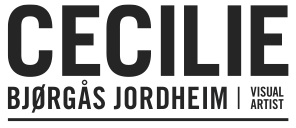The written score of Ursonata which was designed and typeset by Jan Tschichold shows four movements; rondo, largo, scherzo -trio-scherzo and presto-denoument-cadenza-finale.
This is Schwitter's own comments:
The Sonata consists of four movements, of an overture and a finale, and seventhly, of a cadenza in the fourth movement. The first movement is a rondo with four main themes, designated as such in the text of the Sonata. You yourself will certainly feel the rhythm, slack or strong, high or low, taut or loose. To explain in detail the variations and compositions of the themes would be tiresome in the end and detrimental to the pleasure of reading and listening, and after all I’m not a professor.
[...]
Letters, of course, give only a rather incomplete score of the spoken sonata. As with any printed music, many interpretations are possible. As with any other reading, correct reading requires the use of imagination. The reader himself has to work seriously to become a genuine reader. Thus, it is work rather than questions or mindless criticism which will improve the reader’s receptive capacities. The right of criticism is reserved to those who have achieved a full understanding. Listening to the sonata is better than reading it. This is why I like to perform my sonata in public.
Though I've never worked purely with notations, my «POLARSTAR» project was all about hearing typography and topography. The shape, size and the distance between the marks, contour intervals and letters on the bathymetric map decided the sounds.
Sound poetry (or "nonsense poetry" as I've seen at least one blogger preferred calling it, though I don't agree, then we'd have to call all music nonsense in the terms of communication; Ursonata is communication all right) is the reverse -the sound is often the fascination first found and so follows the letter and the typography. On the other hand, the pure typographic works of Schwitters holds the synesthetic qualities of sound, the sensibility of musical arranging and composing with shapes and colours.
Besides his touring performing Schwitters' work, Blonk also draws his own visual poetry in large scale. I certainly want to hear them.


